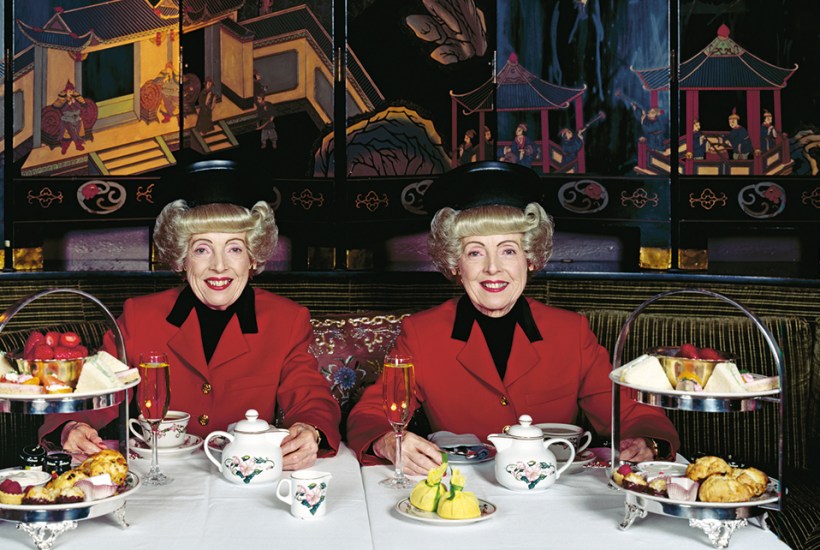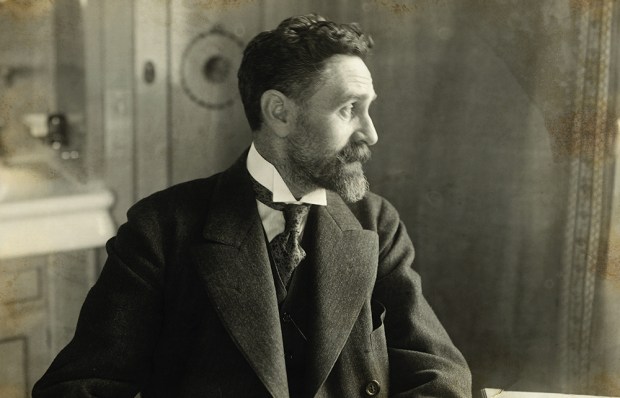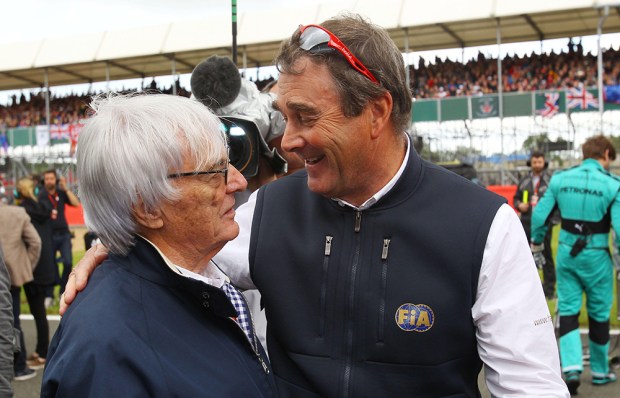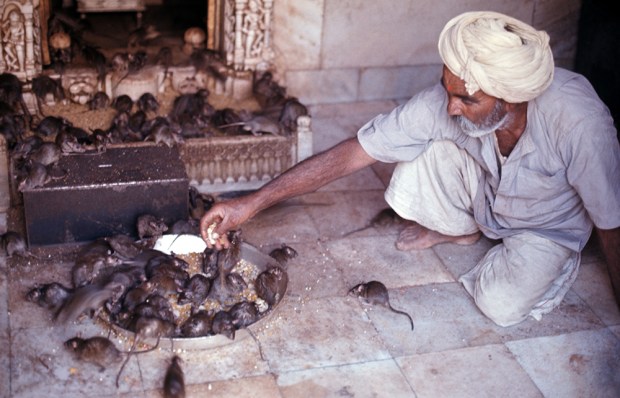Despite being a twin myself, I wasn’t necessarily disposed to love William Viney’s Twinkind, a book for which the phrase ‘lavishly illustrated’ might have been invented. Much writing on twins intended for the general reader (including recent fiction such as Brit Bennett’s bestselling The Vanishing Half) has been produced by non-twins, or writers who have twins in their family. The emphasis is often on how twins appear to the singleton majority, lazily depicting them either as freaks of nature or prodigies of psychic connection. Indeed, Twinkind’s visual component seems to be asking the reader to look at twins from the outside, while its title appears to encourage us to see twins as a species apart. It was refreshing, then, to find that Viney is an identical twin, and approaches twins from the experience of actually being one.
Split into three sections, ‘Myth and Legend’, ‘Science and Progress’ and ‘Spectacle and Prophecy’, the monograph is interspersed with a comprehensive and well curated selection of twin-related art and artefacts, from Yoruban wooden masks to Hollywood movie posters. These are never intrusive, and instead form a subtle and sometimes comic commentary on Viney’s frequent insights into the cultural history of the subject. Admitting that ‘writing about twins means reconciling my own limited experience of being a twin with the vast diversity of twin experience in written and visual records’, he nevertheless has much to say on living in the world as a genetic copy of another human being: ‘Being a twin is a baffling and powerful combination of effort and ease… twins are always learning about what your curiosity looks like.’ What Viney sets out to do is explore exactly how this abiding curiosity arose.
Starting at the beginning of recorded history, he observes: ‘In many creation stories twins are deities… makers of life and the cosmos… They are mythology’s great catalysts. Everywhere, twins kickstart storylines.’ While the book reiterates the familiar tales of Castor and Pollux and Romulus and Remus, it also features less familiar pairings such as Apollo and Artemis, or the Ashvins, heroic horse-riding twins from the Rigveda. He suggests twin myths are often ‘products of political circumstances’, citing how Romulus and Remus are claimed by both Rome and Siena for their foundation stories, while the trope of the Evil Twin ‘represents a longer, more ancient dualism, which uses twins as bearers of cosmic wickedness and destruction’. Along the way, he addresses the deep-rooted ‘fears that twins are abnormal, kill the sick, pollute or damage livestock and crops, arise from adultery, are cursed and embody evil’, reminding us that their venerated status in certain cultures arose only recently.
In the second section, Viney laments that twins are used mainly as ‘monitoring instruments’ in science, while rarely being consulted on their attitude to this. While it’s accepted that ‘twin lives are a means to generate data’, he reveals that this is only a relatively new phenomenon, begun in northern Europe towards the end of the 19th century and ‘industrialised as a set of research methods at the beginning of the 20th century’. We learn some startling statistics and facts: there have never been more twins on Earth than now, with about 1.6 million twin pairs born each year. Also, that the creation of monozygotic identical twins (from a single cell that divides) is hardly seen in other mammals. ‘The nine-banded armadillo is the only other creature that produces twins in a similar way.’ Viney admits that twins offer a ‘rare form of experimental control’ and addresses the moral responsibility that comes with this, invoking the legacy of Mengele’s notorious experiments at Auschwitz. The consequences of twin studies are political as well as scientific: ‘They affect how twins and other human groups are respected.’
The book’s most compelling section explores how twins have been appeared in literature and film, covering the doppelganger trope in E.T.A. Hoffmann, Charlotte Brontë, Dostoevsky and Robert Louis Stevenson, and the offensive caricature of Tweedledum and Tweedledee. The lines Viney quotes from Shakespeare’s The Comedy of Errors (as Antipholus of Syracuse sets off in search of his brother) most accurately convey the existential experience of being a twin: ‘I to the world am like a drop of water/ That in the ocean seeks another drop.’ He also cites the Duke’s lines from the close of Twelfth Night (when Viola and Sebastian are reunited) that encapsulate how twins appear to singletons: ‘One face, one voice, one habit and two persons/ A natural perspective that is and is not.’ In his indignant discussion of films such as Dead Ringers and the Schwarzenegger-DeVito romp Twins, Viney stops just short of using the phrase twinface: ‘The history of cinema involves people pretending to be twins, single-born people without lived experience that strive to play up to what screenwriters, directors, executives and their audiences expect from twin characters.’
Twinkind is an impeccably researched visual treat, and one that is necessarily partisan. As the author laments: ‘Twins are often treated as two persons that occupy the social position of one being.’ Perhaps it’s time, he suggests, that their unique individual experience of being in the world was acknowledged too.
Got something to add? Join the discussion and comment below.
Get 10 issues for just $10
Subscribe to The Spectator Australia today for the next 10 magazine issues, plus full online access, for just $10.
You might disagree with half of it, but you’ll enjoy reading all of it. Try your first month for free, then just $2 a week for the remainder of your first year.














Comments
Don't miss out
Join the conversation with other Spectator Australia readers. Subscribe to leave a comment.
SUBSCRIBEAlready a subscriber? Log in